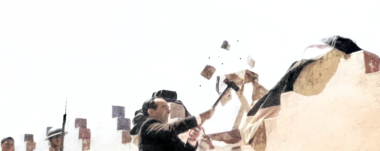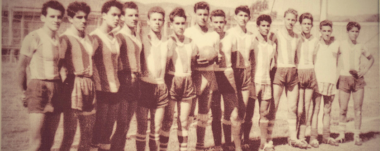Payment Methods In Costa Rica: From Pre-Hispanic Society To The Present Day
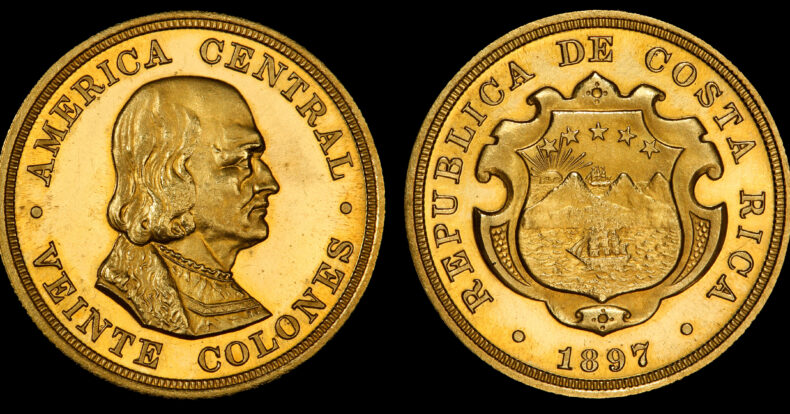
How was payment made in ancient times? Did the Costa Rican Colon always exist? Learn about the history of payment methods in Costa Rica.
The Costa Rican colon has definitely not been around forever. Costa Rica has gone through different forms of payment throughout its history due to the political processes that have influenced the country.
We will take a look at these changes that have been taking place for many years.
Pre-Columbian Period
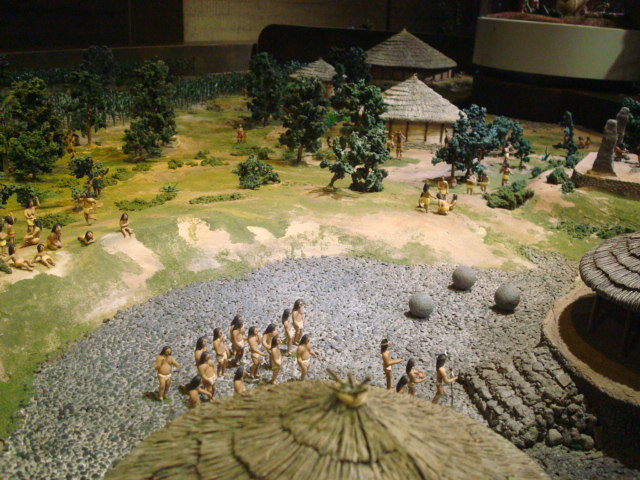
The pre-Columbian societies that occupied the territory of present-day Costa Rica functioned completely differently than we do today.
Thanks to the archaeological record, it has been possible to learn about an agricultural system around 700-800 A.D. based on corn, tubers, roots, palms and trees. In addition, they practiced hunting, fishing and gathering.
During this period, in Mesoamerica and the Andes, commercial activity was very important and very beneficial for these societies.
Indeed, the exchange of goods and products allowed the development of the economy and agriculture and cultural and social integration between different peoples. Moreover, it allowed economic and productive diversification, the creation of commercial networks and the circulation of ideas and knowledge.
Therefore, in the pre-Columbian period the method of “payment” was a barter of products. Here the goods were produced for the family (it was a family agrarian economy), so it was not necessary to work to pay for them, because they were already for everyone.
Later, with the emergence of the cacicazgos, these peoples had to pay tribute to their protector through the products they harvested.
Colonial Times And Viceroyalty Society
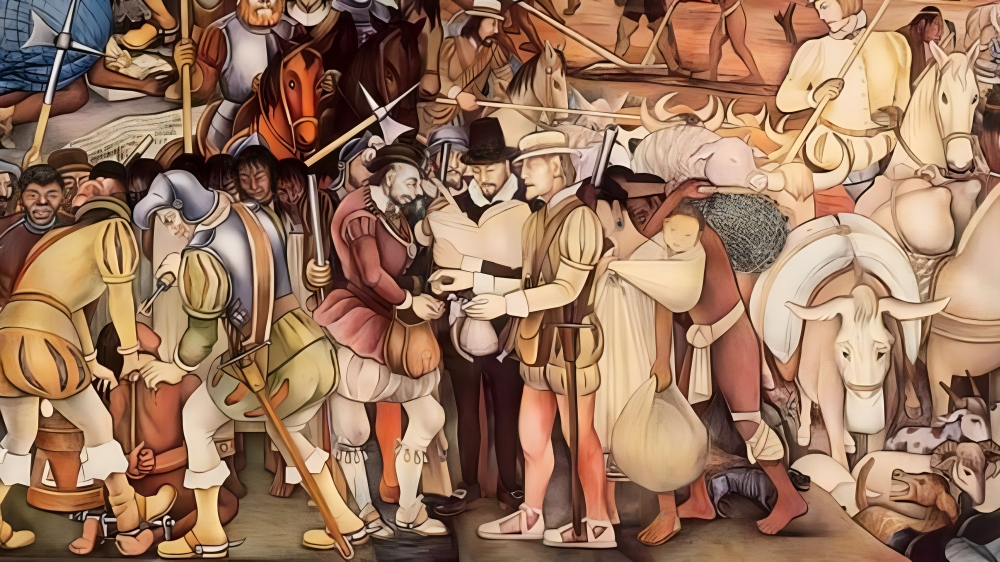
Changes arose with the arrival of Europeans to the country, imposing their beliefs and culture.
Once the Spaniards were well established, they introduced slavery and the encomienda system in the territory of Costa Rica.
What were the encomiendas? Through the encomiendas, the Spanish crown granted a conquistador a certain number of natives, who would be under his responsibility. The Spaniards were to protect the natives and “educate” them. In contribution, the natives were to pay for these “favors” in the form of labor, gold or other products. These were called tributes.
This is how the method of western payment in Costa Rica emerged.
The tax system was maintained throughout most of the viceroyalty. During this period, payment had to be made with the Spanish currency, that is, the Real.
In fact, taxes were levied on the consumption and labor fronts. There were taxes on the Indians, the rent on aguardiente, tithes, the King’s fifth, etc. There were direct taxes, impersonal taxes and real direct taxes on patrimony.
Post-Colonial Period And The Costa Rican Colón
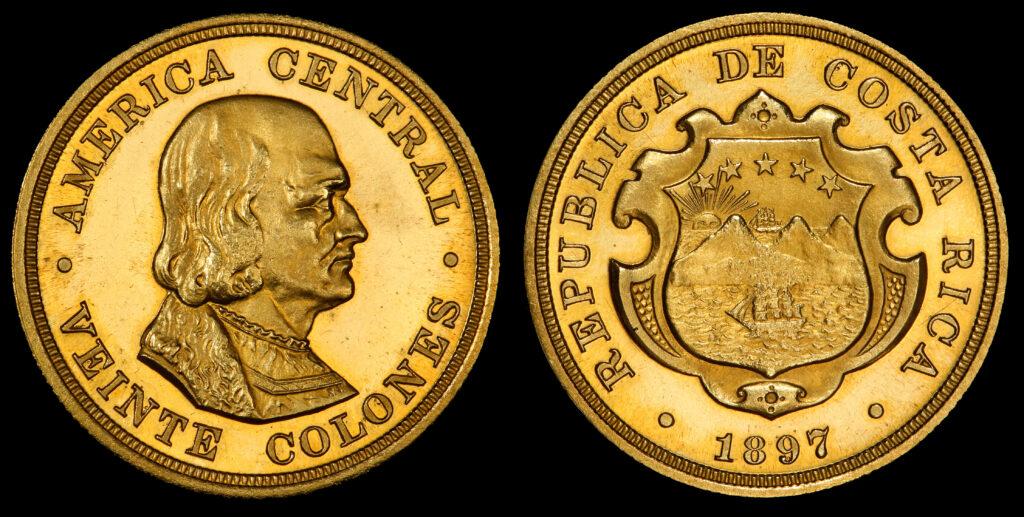
Costa Rica did not have its own currency during the colonial period, so currency from the mints of Spain, Mexico, Lima, Guatemala, Potosi, Bogota, among others, was used. However, there is the hypothesis of a mint from Cartago, the remains of which were left in poor condition at the Mint.
After independence, Costa Rica continued to use the currency of the Spanish system as a form of payment: the Spanish Real. But, upon becoming an independent country, the need to manufacture its own currency was born.
Thus, the first Costa Rican Mint was created in 1828, with its headquarters in San José and in charge of Félix Mora. The first coins manufactured were of the Central American Federation type (the peso), with dies brought from Guatemala.
When the Mint was not in operation due to lack of materials and machinery, the post of assayer, who verified the quality of the coins in circulation, was maintained. In addition, during the second government of Braulio Carrillo Colina (1838-1842), the circulation of foreign coins from different countries was authorized, to which a six-pointed star stamp was applied.
After many efforts, during the administration of Juan Rafael Mora Porras, the first bank called Banco Nacional Costarricense was established in 1857. This bank issued 1, 2, 10 and 20 peso bills. After its closing in 1859, other banks emerged, such as Banco Anglo Costarricense (1863) and Banco de la Unión (1877), today known as Banco de Costa Rica.
It was not until 1896 that the government of Rafael Iglesias Castro enacted the “Talón de Oro” law, establishing the colón as the monetary unit, whose name was inspired by Christopher Columbus.
Sensorial Sunsets
Navigate articles




